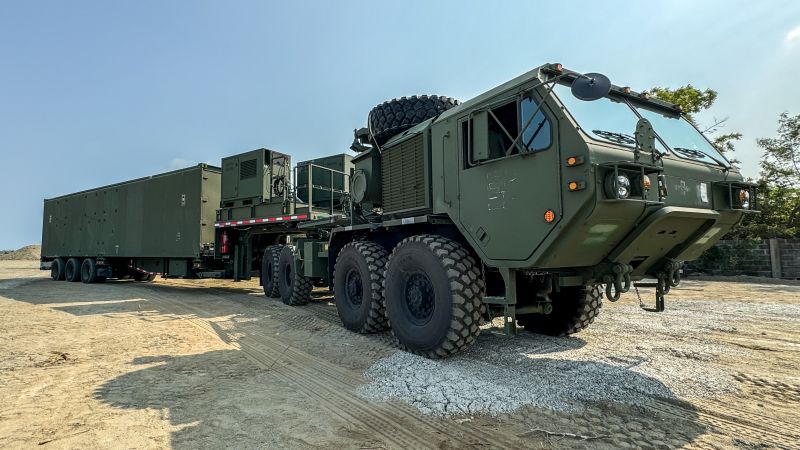
In recent developments, the United States has taken a stand against China's increasing military aggression in the Asia-Pacific region. According to a report by CNN, the US Army's Mid-Range Capability (MRC) ground-based missile system, also known as the Typhon system, has been deployed to the Philippines for joint military exercises. This marks the first-ever deployment of the MRC missile system to the Indo-Pacific theater. The Typhon system can fire two types of missiles: The Standard Missile 6 (SM-6), with a range of 370 kilometers, and the Tomahawk Land Attack Missile, with a range of 1,600 kilometers. This move is seen as an apparent message to China amidst growing concerns over Beijing's rapid military power buildup and enforcement of claims within the 10-dash line which defines Chinese sovereign territory. Admiral John Aquilino, the outgoing head of the US Indo-Pacific Command, warned that China is moving very fast in its military power buildup and enforcement of claims.
In another development, U.S. Senator Dan Sullivan revealed that U.S. government estimates put the Chinese annual defense budget at around $700 billion, a figure almost on par with the United States' 2024 defense budget of $886 billion. Sullivan is not the only prominent figure in Washington to suggest that China spends much more than anyone thought. Recently retired U.S. Army Gen. Mark Milley, former chairman of the Joint Chiefs of Staff, also indicated that China's spending on defense is far higher than previously believed.
Furthermore, a report by AOL News highlights that China has been steadily decreasing the share of its military budget spent on personnel and increasing it spent on equipment since 2010. Beijing's shift from a military that overspends on personnel to a military focused on modern weapons systems will require a change in Washington's strategic thinking. As China now has about 340 ships in its navy, while the U.S. has fewer than 300, this development is seen as an attempt by Beijing to challenge the US's naval dominance in the region.
In light of these developments, it is clear that tensions between China and the United States are escalating. The US continues to take measures to counteract China's aggressive actions and military buildup in the Asia-Pacific region, while Beijing remains steadfast in its claims and assertiveness.

